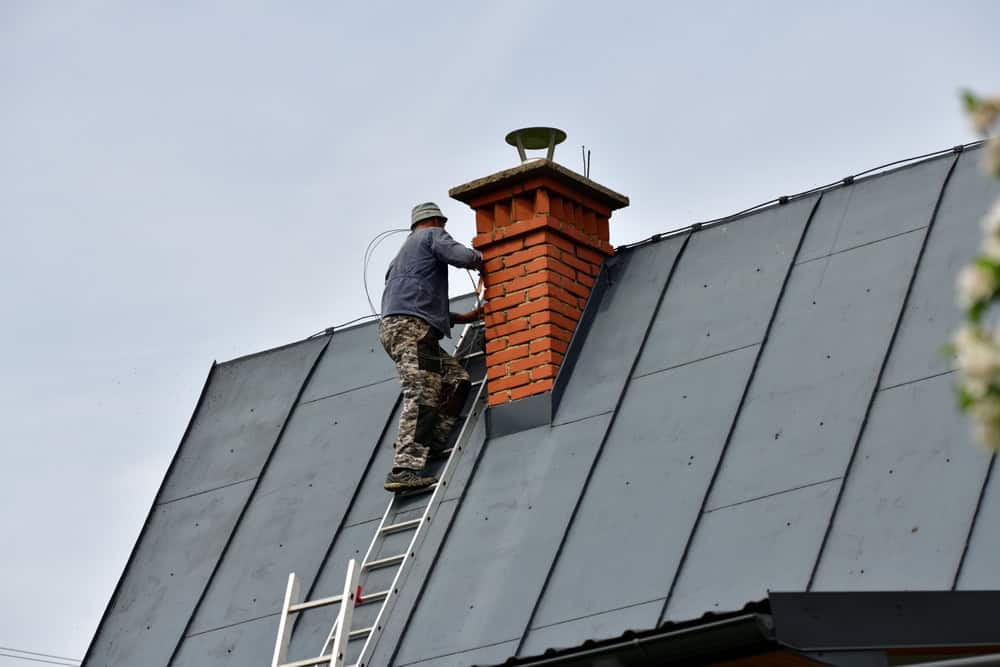CSI-certified technicians with over two decades of experience installing stainless steel chimney liners that protect your family and home.

Hear from Our Customers

Your chimney liner isn’t just another home improvement project. It’s the barrier between dangerous combustion gases and your living space. When it’s cracked, deteriorating, or missing entirely, you’re looking at carbon monoxide risks, house fires, and structural damage that costs thousands more than prevention.
A properly installed stainless steel chimney liner changes everything. Your fireplace drafts correctly. Your heating bills drop because the system works efficiently. Most importantly, you sleep better knowing your family is protected from the silent dangers that faulty liners create.
You’ll also pass inspections without drama, avoid emergency repairs, and add real value to your home. The peace of mind alone makes it worth doing right the first time.
We’ve been installing chimney liners in Glocester since 2000, working with the same experienced team that understands what Rhode Island homes need. Our technicians are CSI-certified through the Chimney Safety Institute of America, which means we’re trained to current safety standards, not just winging it.
We’re not the cheapest option, and that’s intentional. You’re paying for certified expertise, quality materials, and installation that passes inspections the first time. We also run a retail stove store, so we understand heating systems inside and out.
When you need financing, we handle that in-house. When you need straight answers about what’s wrong and what it costs, we give you both without the runaround.

First, we inspect your existing chimney to measure dimensions and assess the condition. This tells us what size stainless steel liner you need and whether any prep work is required before installation.
Next, we prepare the chimney by cleaning it thoroughly and making any necessary repairs to ensure proper liner fit. We then carefully lower the new stainless steel liner down the chimney, connecting it securely at both the top and bottom.
The final step involves sealing connections, installing the appropriate cap or termination, and testing the system to ensure proper draft and safety. We clean up completely and walk you through what we’ve done, so you understand exactly what you’re getting for your investment.

Ready to get started?
Every installation includes a complete chimney inspection, professional-grade stainless steel liner sized specifically for your chimney, and all necessary connections and hardware. We handle the permits, ensure code compliance, and test the system before we leave.
You’ll also get a detailed explanation of what we found, what we fixed, and how to maintain your new liner. We don’t just install and disappear. If you have questions later, you can reach the same team that did the work.
Many Glocester homes built before 1980 have clay tile liners that are cracking or missing sections. These old systems can’t handle modern heating appliances safely. Our stainless steel installations are designed to last decades and handle whatever heating system you’re running, from traditional fireplaces to high-efficiency inserts.
